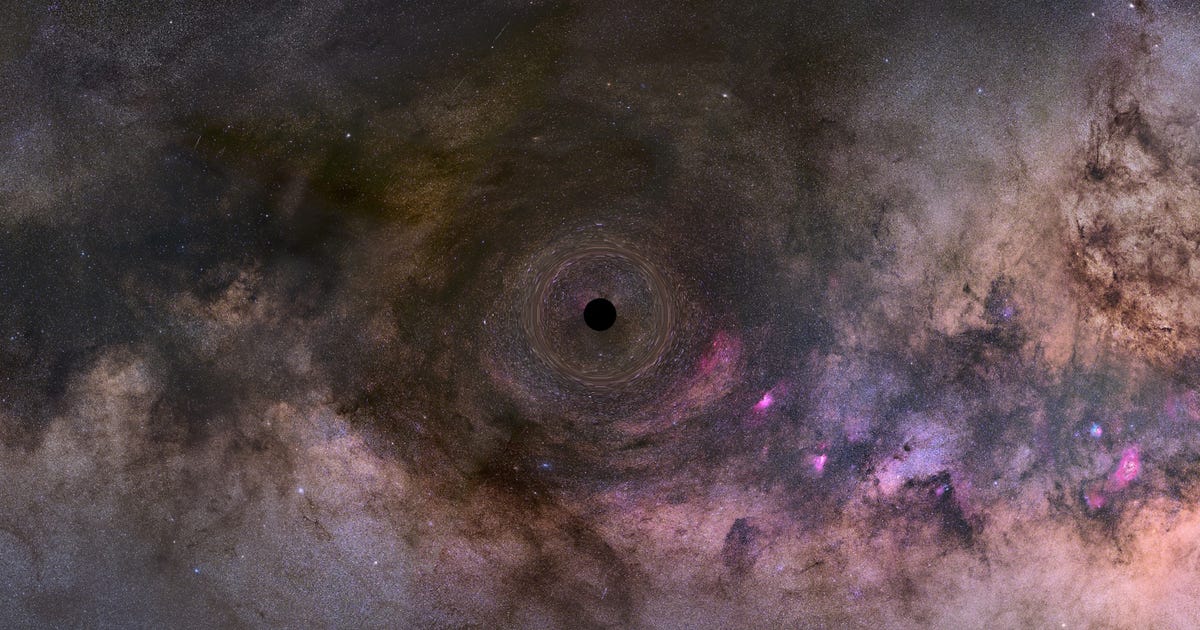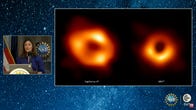
What is taking place
For the primary time, astronomers have used a quirk of gravity’s impact on starlight to identify a “free-floating” black hollow.
Why it issues
Till now, the one solution to undercover agent at the mysterious cosmic items was once through searching for the sunshine mirrored through subject on a black hollow’s perimeter.
Astronomers could have performed the reputedly not possible and noticed a wandering black hollow for the primary time.
Black holes themselves are invisible through definition as a result of no longer even mild can break out their intense gravitational pull. In simply the previous few years, the world collaboration at the back of the Tournament Horizon Telescope controlled to {photograph} black holes for the primary time. But if we have a look at those photographs, the sunshine that we see is in fact the disk of sizzling gasoline and subject material circling across the fringe of the black hollow itself.
Once in a while black holes are obvious as a result of one or many stars are orbiting them, as is the case with the supermassive black hollow on the heart of the Milky Manner. However scientists be expecting that there are loads of hundreds of thousands of black holes drifting throughout the extra remoted corners of the cosmos.
Now groups of astronomers have documented what may well be both a neutron famous person or a vagabonding lone wolf of a black hollow cloaked within the inescapable energy of its personal gravity. This was once performed for the primary time through looking at how the similar drive distorts the sunshine from a extra far away famous person, a phenomenon known as gravitational microlensing.
“This is the first free-floating black hole or neutron star discovered with gravitational microlensing,” said University of California, Berkeley, astronomy professor Jessica Lu, in a statement. “With microlensing, we’re able to probe these lonely, compact objects and weigh them. I think we have opened a new window onto these dark objects, which can’t be seen any other way.”
Lu helped lead one of two teams that analyzed the same data of the microlensing event observed by NASA’s Hubble Space Telescope. Their analysis has been accepted for an upcoming issue of The Astrophysical Journal Letters.
Another team from the Space Telescope Science Institute in Baltimore calculated a slightly different mass for the object and concluded with a higher degree of confidence that it is, in fact, a black hole. That paper will be published in The Astrophysical Journal.
“As much as we would like to say it is definitively a black hole, we must report all allowed solutions. This includes both lower-mass black holes and possibly even a neutron star,” Lu said.
It is between 1.6 and 7.1 solar masses, according to the competing estimates. The lower mass allows for the possibility that the object might be a neutron star. If it’s at the higher end of the range, it becomes more indisputable that the object is a black hole.
Whatever it is, the object goes by the labels MOA-2011-BLG-191 and OGLE-2011-BLG-0462 (OB110462, for short) and is 5,000 light-years from Earth, so there’s little worry of it sneaking up on us anytime soon.
The debate over exactly what type of cosmic character is bending the light from stars behind it may soon be settled. The Hubble Space Telescope is set to make more observations and collect more data on the object in the second half of 2022.

